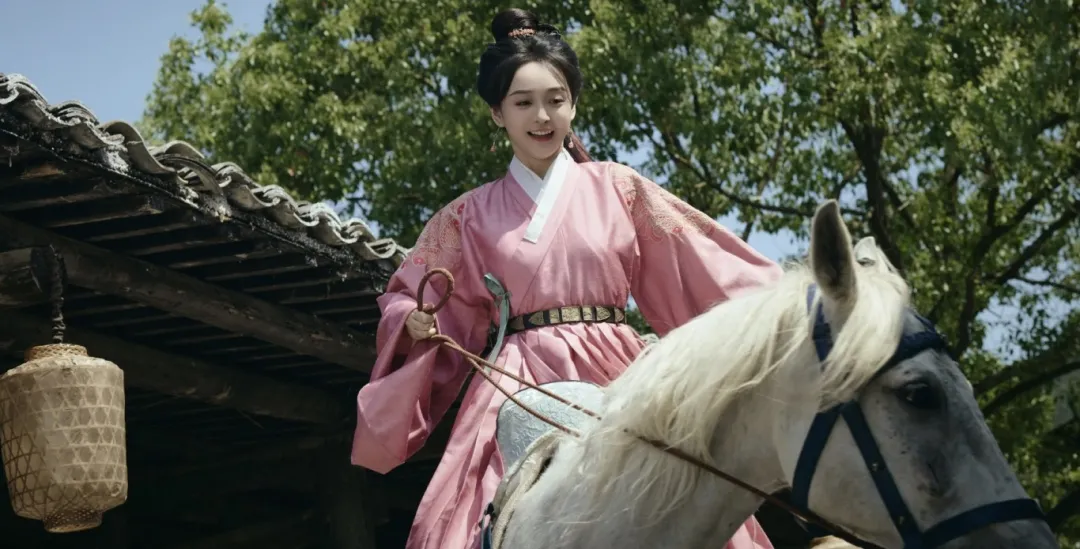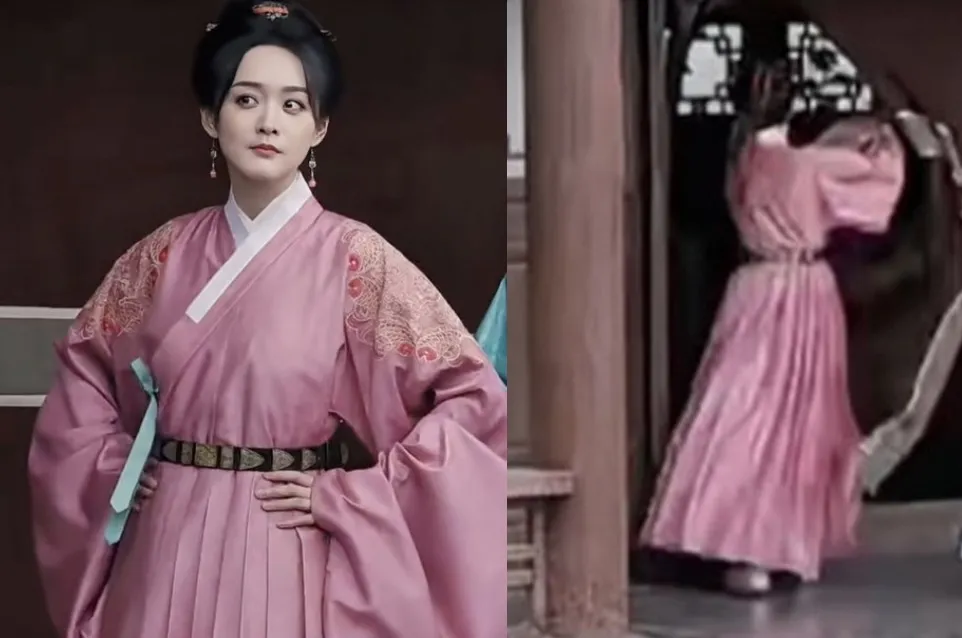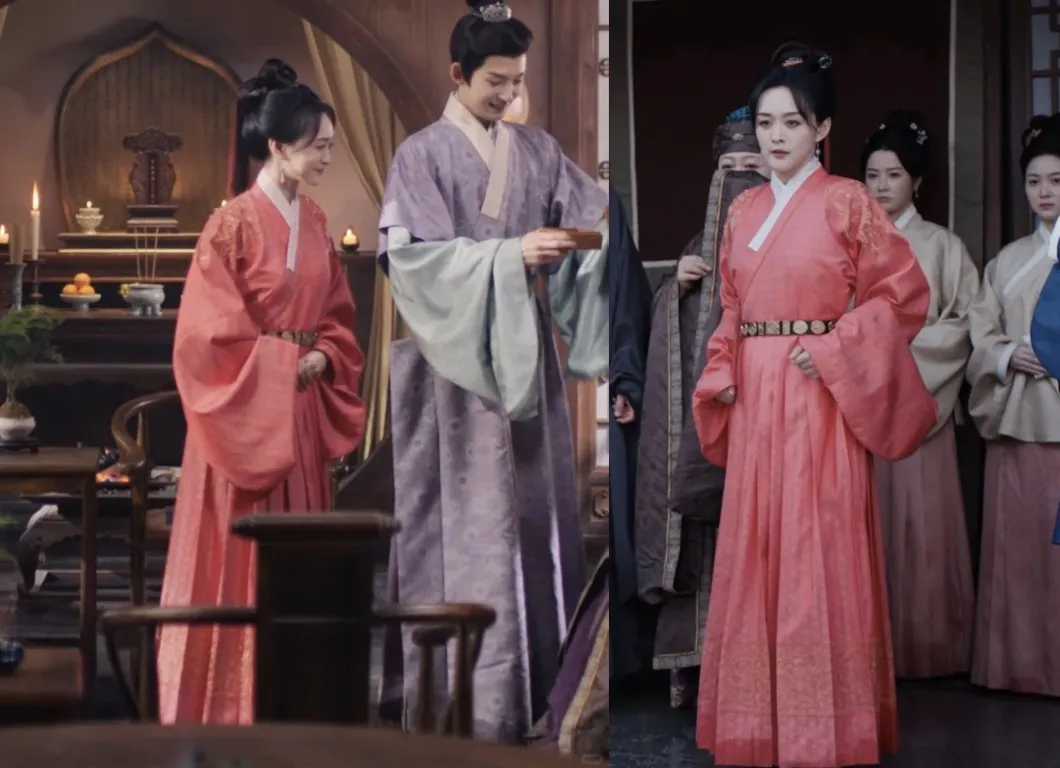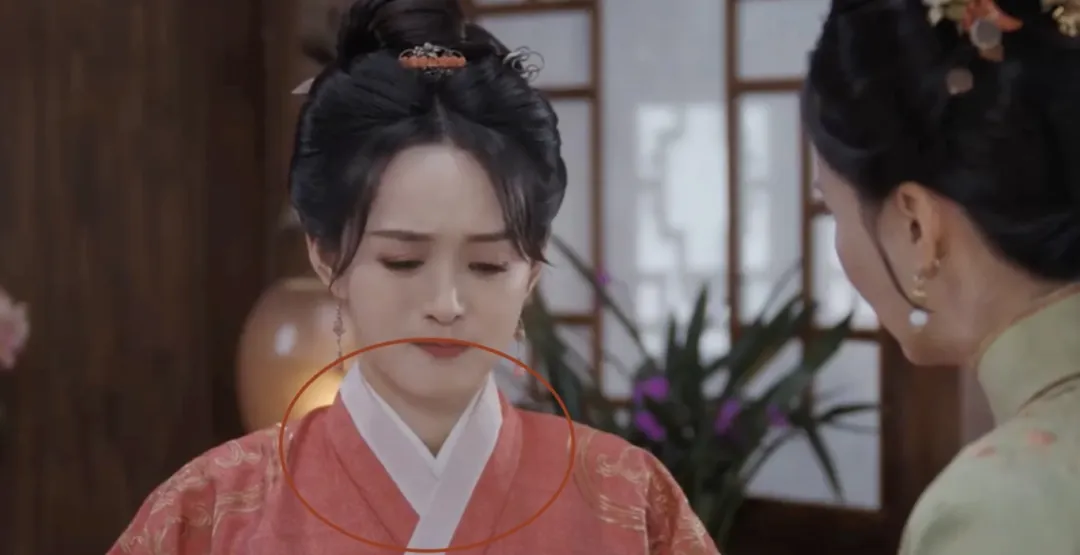Too Ahead of Its Time! In the period drama When the Wild Geese Return, the character Zhuang Yushan, the second young miss, often appears in a pink puffy dress. People wonder if ruffled dresses existed in the Ming Dynasty, finding it incredibly fashionable.

Let’s start with the conclusion. This style is called Tieli, and a similar one is Yesa. Both were influenced by Yuan - Mongol styles and were popular during the Ming Dynasty. Yesa and Tieli are quite alike, but the most obvious difference is that Yesa has a smooth front panel like a horse - face pleat, while Tieli is fully ruffled. According to Ming Palace History, 'Yesa has an unbroken back panel with side pleats and a front panel divided into two sections with horse - face pleats extending outward.' These styles were mainly men's wear, and women usually wore them for cross - dressing.
Does it sound familiar? The once - popular 'Feiyu Fu' (Flying Fish Robe) in dramas, paired with the imposing Xiuchun Dao, is actually this style. 'Feiyu' refers to the pattern, which resembles a python but has a fish tail. Common 'Feiyu Fu' includes both Tieli and Yesa styles. Yesa not only has a smooth horse - face panel but also side pleats, making the garment stiffer when walking.
These styles covered formal and casual wear for Ming men, being very practical. With mid - length designs, they were easy to move in. Note that Feiyu Fu wasn't exclusive to the Imperial Guards. It referred to the Feiyu pattern, a rank insignia granted by the emperor to officials above the second rank.
Today, we commonly see Tieli and Yesa styles, but there were also other variations like standing collars and diagonal closures, showing the diversity of patterns and styles in the Ming Dynasty. Plain Tieli could be worn as an inner layer, similar to an undergarment, but women rarely wore it outwardly, likely a dramatic choice to portray masculine traits.
Yesa and Tieli functioned like mid - length dresses, convenient for daily activities, horseback riding, and outdoor movement. The ruffled hems would flare during spins or quick walks, embodying the spirited elegance admired by modern men. Paired with the practical Pipa sleeves—narrow at the armpit and flaring like a lute—these garments prevented wind entry and were ideal for daily wear.
Additionally, the white trim often seen on Ming collars wasn't a separate piece but a detachable 'Huling' (protective collar) for easy washing, especially useful in sweaty summers. So, next time, don't mistake these styles as just 'Feiyu Fu'. They have their own names: Tieli and Yesa.



